A spelling activity taken from The Big Book of Dyslexia Activities for Kids and Teens by Gavin Reid, Nick Guise and Jennie Guise. Packed with fun, creative and multi-sensory activities, it is an essential toolkit for any teacher or parent working with young people with dyslexia.
Children with dyslexia learn more effectively with a task that is active and fun. Games are an excellent way of doing this, particularly with spelling. Spelling can be a considerable hurdle for children with dyslexia – they have difficulty in retaining the sequence of letters in a word and remembering spelling rules. They need a great deal of practice and overlearning. Spelling Corks is geared to overlearning and also the fun element in learning. This activity also focuses on coordination and estimation of distance as it involves dropping and aiming the cork in such a way that it lands on its end, with each letter of a word.
The aim of this activity is to improve spelling and focusing as well as to provide practice in coordination and the estimation of size and distance.
Requirements
- corks
- spelling cards (described below)
- access to a computer and the internet (optional)
Vocabulary
Verbs: spell, drop
Adjectives: tricky, consistent
Noun: cork
Associated Words
| Word | Meaning |
| practice | |
| balance | |
| land | |
| turn | |
| repeat | |
| complete |
Main activity
First, you need to practise using a cork on its own. Drop the cork carefully and try to get it to land on its end. You can do this by holding the cork horizontally, with thumb and forefinger at each end, and not far above the table surface. Once you have mastered this skill, use it to help with spelling. Once you can successfully land the cork on its end and get three out of three, then you can start the spelling activity.
You will then need to make up a spelling pack. These will be like playing cards, each with one word that the child has difficulty spelling. When printing the word, spread the letters out. For example, if the word to be spelt is ‘ball’, then write it like this:
B A L L
The child drops the cork on its end and then says the letter, repeating until the whole word is spelt.
Instructions for Activity
- Select a word from the spelling pack.
- Say the word.
- Spell it aloud three times.
- Optional: copy and write the word down.
- Turn the word over, or leave it displayed
- Hold the cork horizontally between your thumb and index finger (either hand). The height that the cork should be held is around the length of the cork being used (this also helps with estimation of size and distance).
- Drop the cork, trying to make it land upright, on one end. When successful, say the first letter of your word.
- Continue with the next letter, repeating ‘B, B, B’ until successful, then ‘B A, B A’ and so on. Continue until the word is complete.
- Then say your word – BALL.
- Spell it aloud – B A L L – and write it down: BALL.
Optional Activity
Ask the child to define what a cork is. What are the properties of a cork? Where do corks come from? Look this up in a dictionary or on the internet.
Write down three simple sentences describing cork. This can be a good way to practise using adjectives.
Red Herring
There is a town in the Republic of Ireland called Cork. Find out some facts about Cork. Tourist websites can help.
Select the three best attractions in Cork, and create your own leaflet about Cork.
Tip
When doing the main activity, it is a good idea to start with an easy word, and then progress to more challenging words.
Websites
Cork (city) – at https://en.wikipedia.org
Spelling games – at www.education.com
Dewey Decimal
400, 794, 795

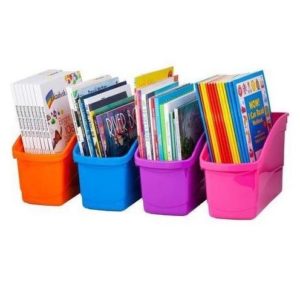
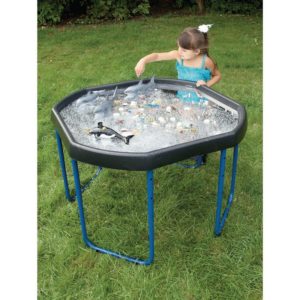
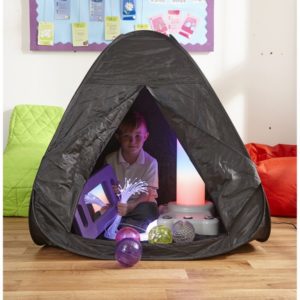
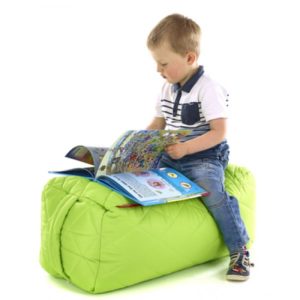
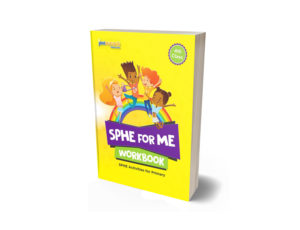
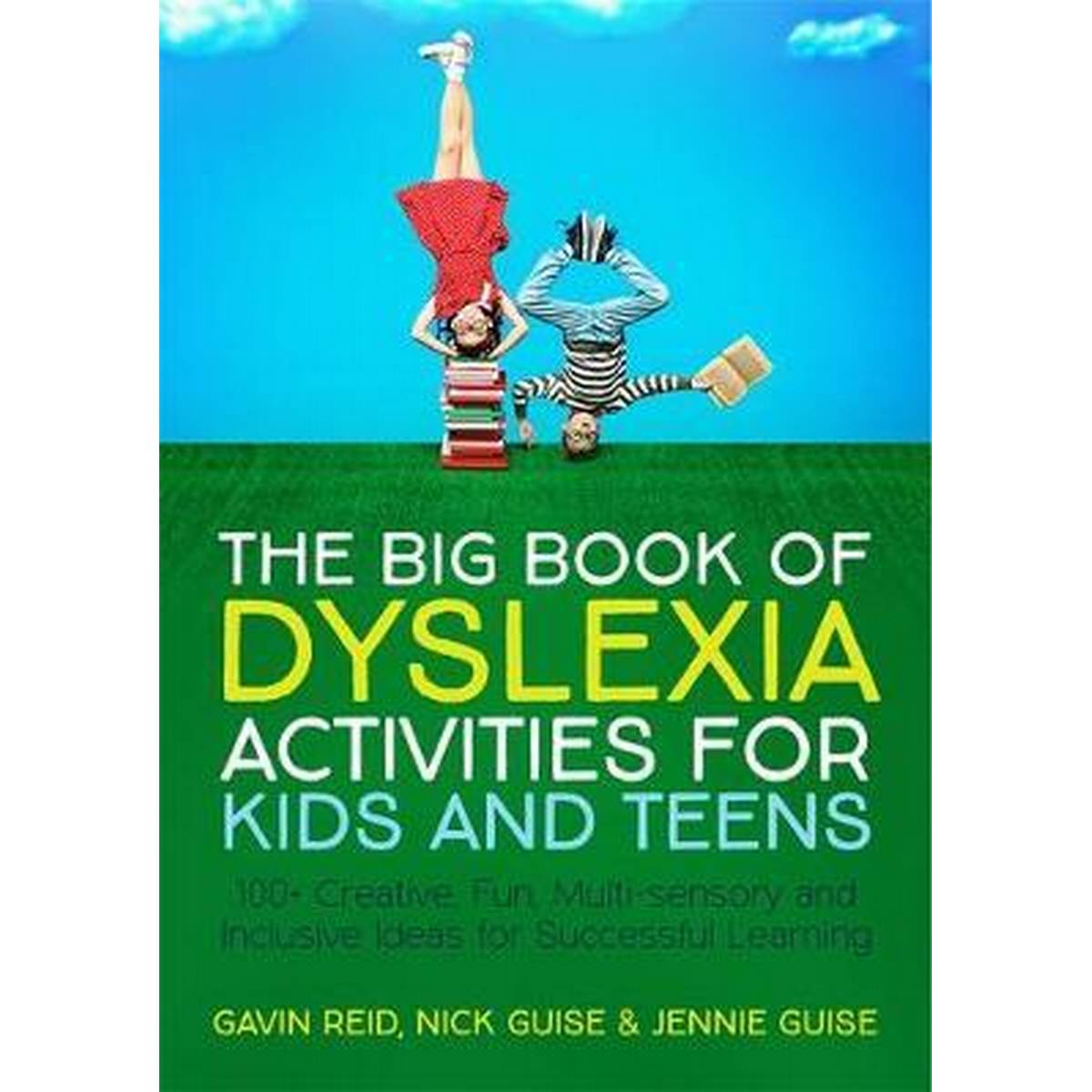
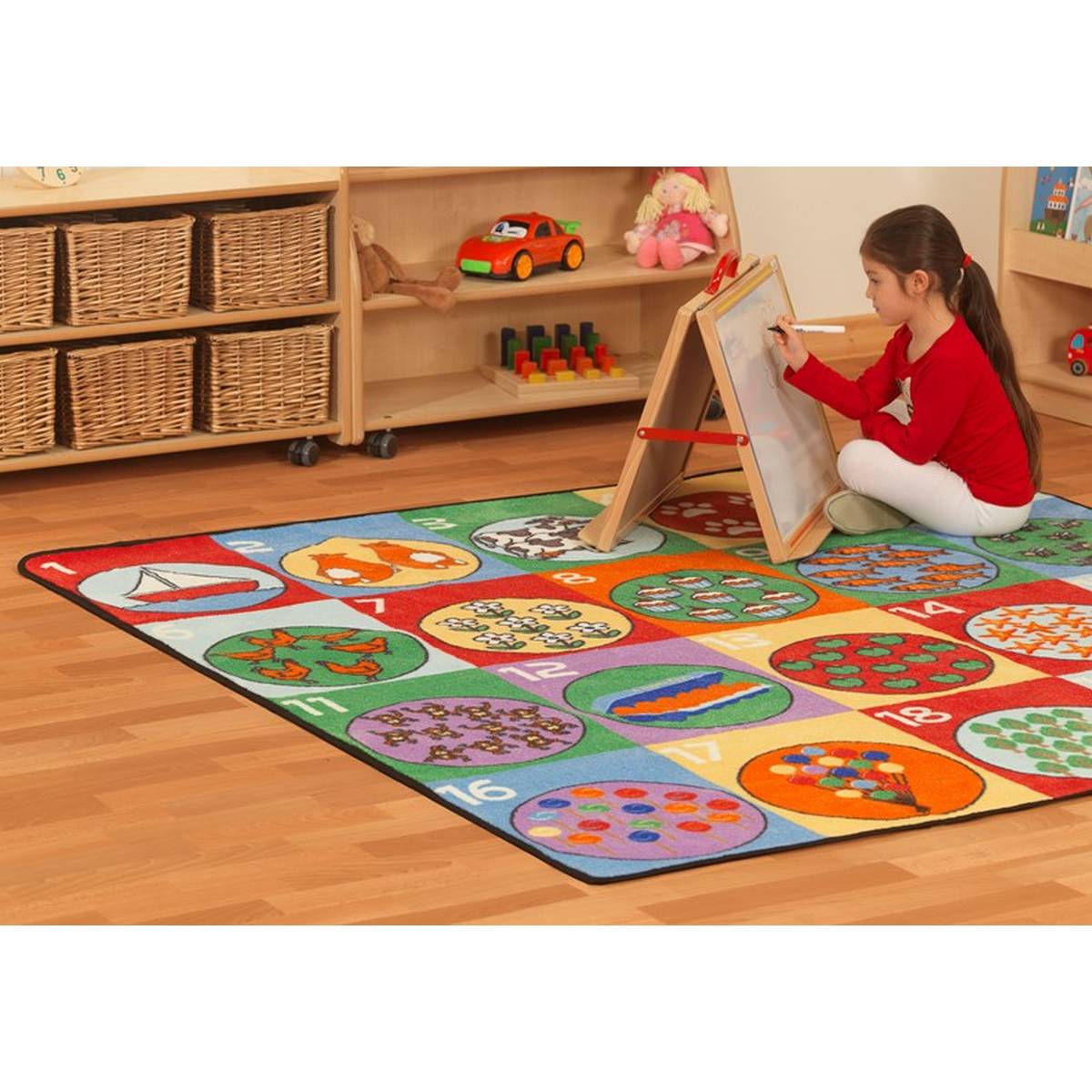 Carpets & Mats
Carpets & Mats